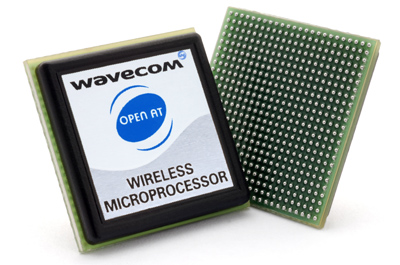
eCall is the pan-European in-vehicle emergency Call project to establish a Europe-wide location-enhanced emergency-response 112 network.
eCall is a component of the E.U. directive from 2003 which set a target to halve the number of highway fatalities in the European Union by 2010. The objective of eCall is to reduce the response time to accidents. It is a combination of an In Vehicle System (IVS) – a device with a GSM cell phone and GPS location capability – and a corresponding infrastructure of Public Safety Answering Points (PSAPs). When the device detects an accident it calls the nearest PSAP, transmits the vehicle location and other vital data, and opens a voice connection to the cars involved in the accident.
For the car maker, integrating eCall technology includes the study of certain elements, including GSM receiver sensitivity, power consumption, software integration, real-time response, field software upgrades and automotive industry requirements, while at the same time not adding prohibitive incremental costs. The eCall system proposes to include location information with the emergency call. This information is to be gathered by an in-car device and transmitted with the call over the wireless cellular networks. It has been estimated that “an eCall system that relays the accurate location of the accident to the PSAP and the emergency services will allow a reduction of response time to the accident of about 50% in rural areas and up to 40% in urban areas.â€
It is expected that eCall may be mandatory by 2010 for all new cars sold in the EU. Over the longer term, the eCall project is expected to drive the introduction of GSM-enabled equipment in all cars, making possible new services ranging from simple hands-free car kits to sophisticated telematic services including remote diagnostics, fleet management, Pay-as-You-Drive insurance options, stolen vehicle tracking (SVT) and electronic fee/toll collection (EFC) to name a few. The eCall in-vehicle system (IVS) is the first phase in equipping vehicles with embedded wireless communication capabilities as standard in Europe.
To prepare for this new legislation, executives, designers, and suppliers in the automotive industry should consider how best to implement eCall. Wavecom, a market-leading supplier of wireless solutions to the automotive industry and a specialist in connected systems such as in in-vehicle communications, suggests several considerations that should be taken into account when designing an in-vehicle system. In particular:
GSM Reception Sensitivity: The eCall IVS must provide sensitive and reliable reception since it will be in a protected location inside the car and may need to use an embedded antenna.
Low Power Consumption: The eCall IVS should have low power consumption, especially in standby, to avoid draining battery power when the car is immobile for a long time.
Easy Software Integration: Software components from GSM module manufacturers, Tier I suppliers and third party software companies should be easy to integrate.
Real Time Capabilities: The eCall IVS gathers vehicle information through the car’s CAN (Controller Area Network) bus; this may require responding to interrupts with a low latency.
Easily Upgradeable Software: The eCall platform will probably host new applications in the future; secure software downloads and patching should be easy – without recalling the car.
Automotive Requirements: The IVS must be designed and manufactured to stringent automotive industry standards as well as the particular reliability requirements of the individual car maker.
Maintaining a reasonable Cost: Because the eCall IVS will be present in every new car, economy as well as luxury models, cost reduction is a priority.













More Stories
Lakshmi Prasad Bhatta on the quest for zero road deaths
Cybord TCI – The Future of Manufacturing Integrity
Flexible Magna Manufacturing Solutions: The Key to Success in the Automotive Industry